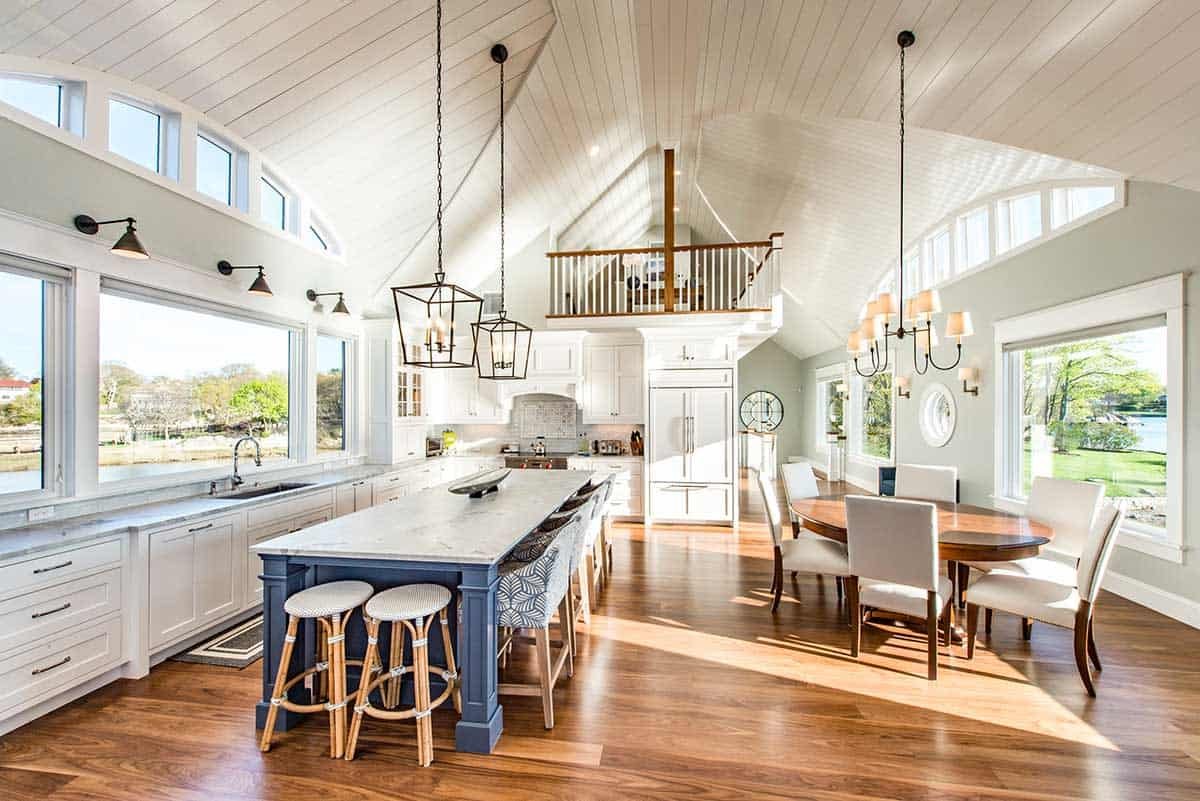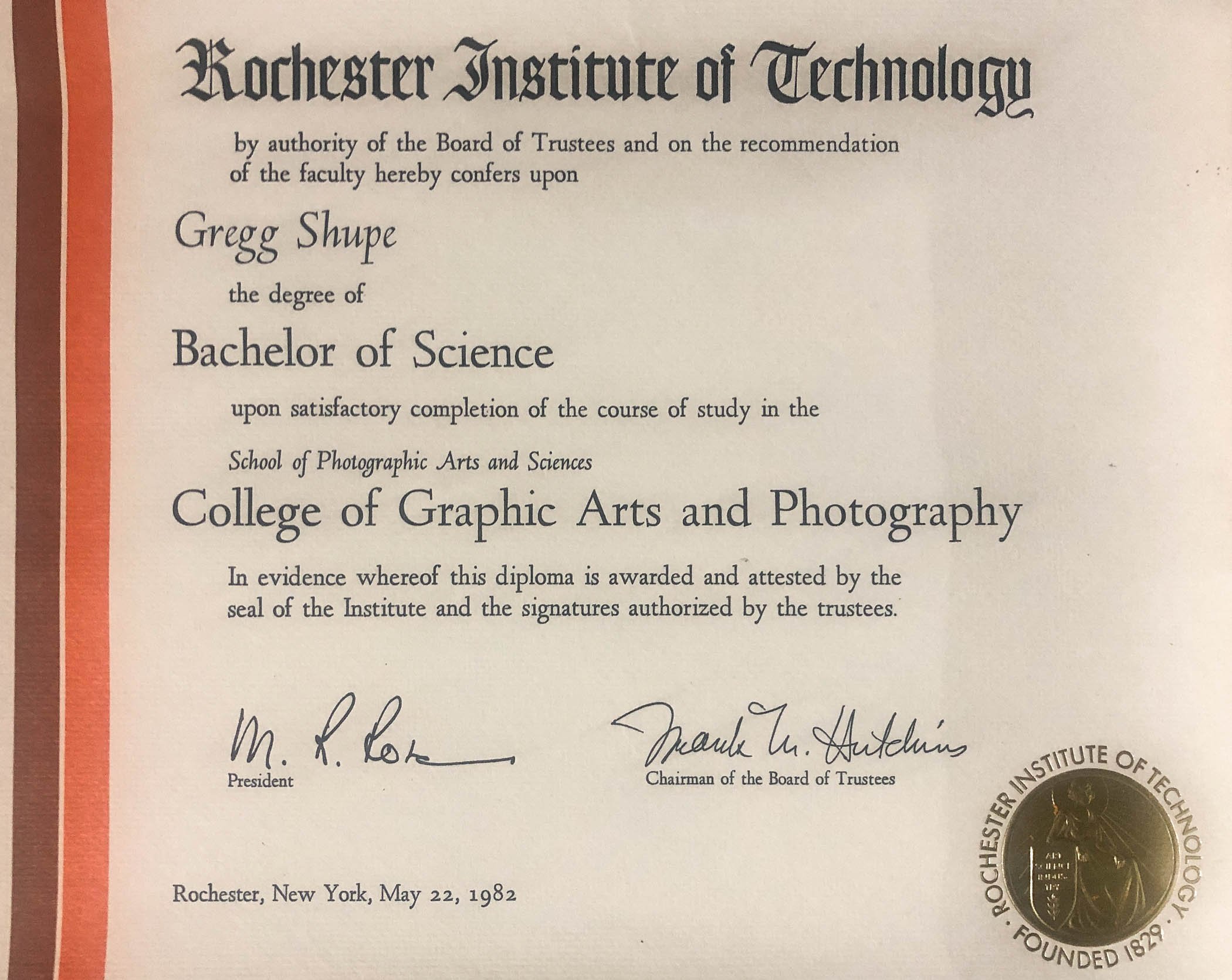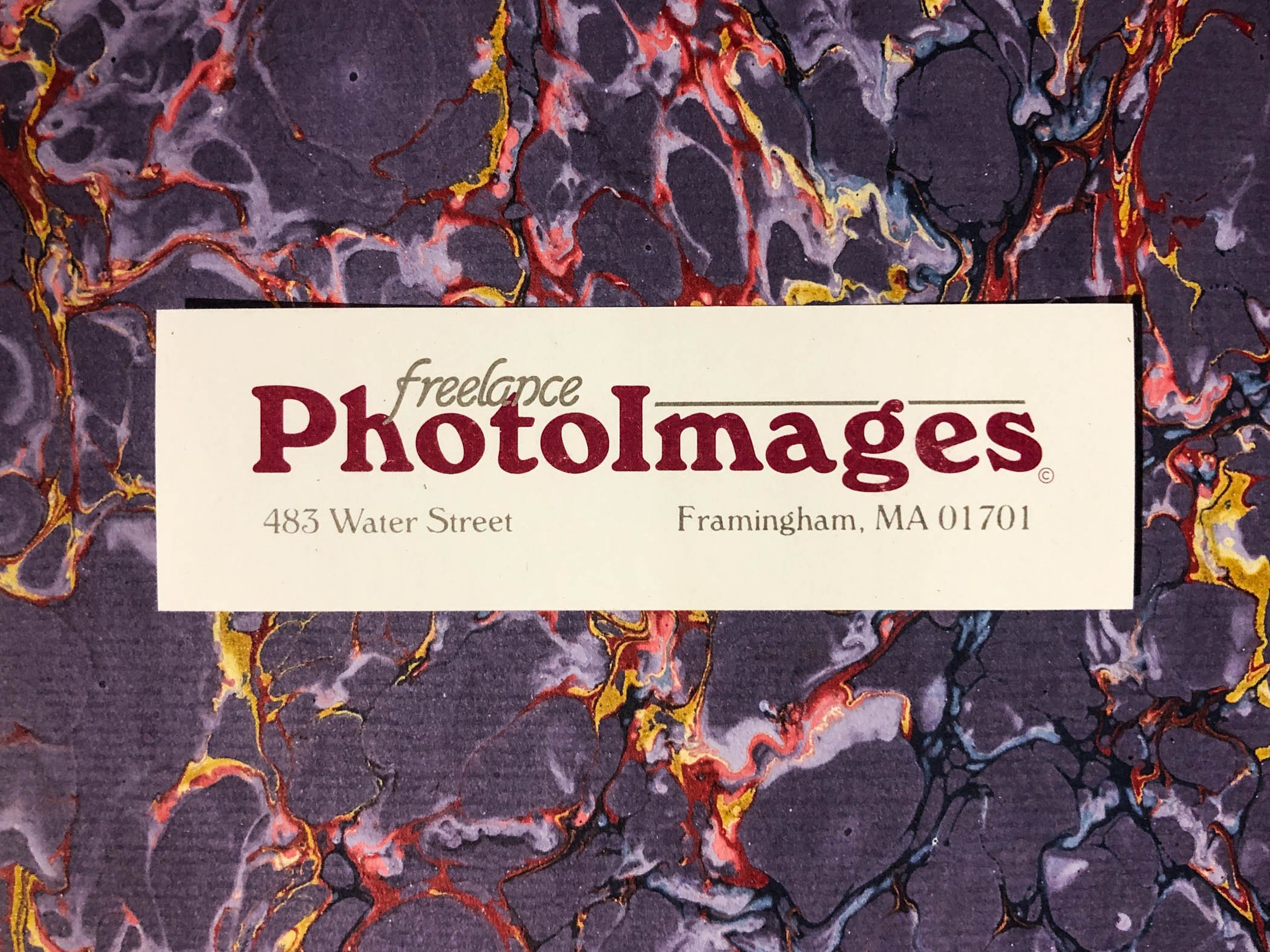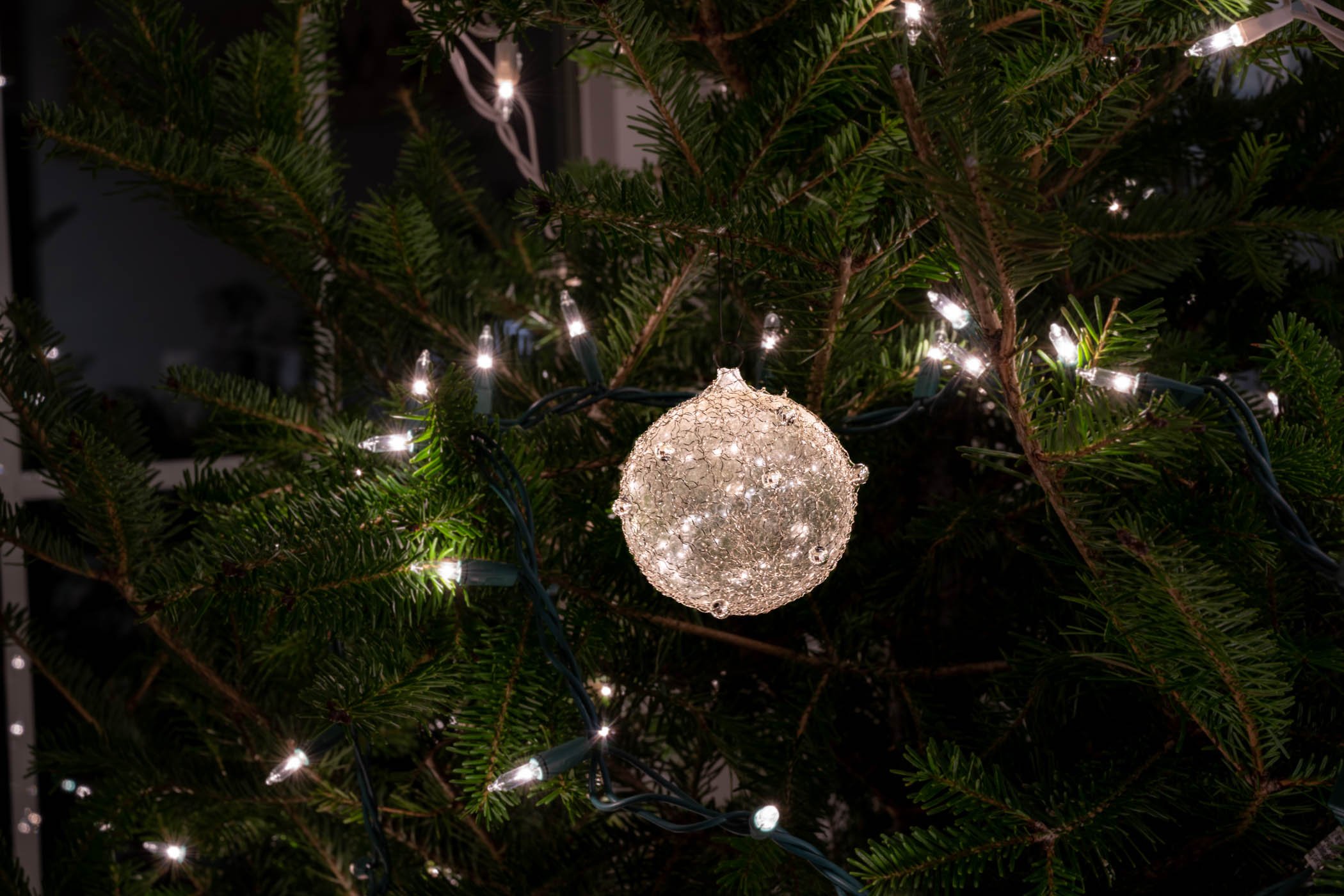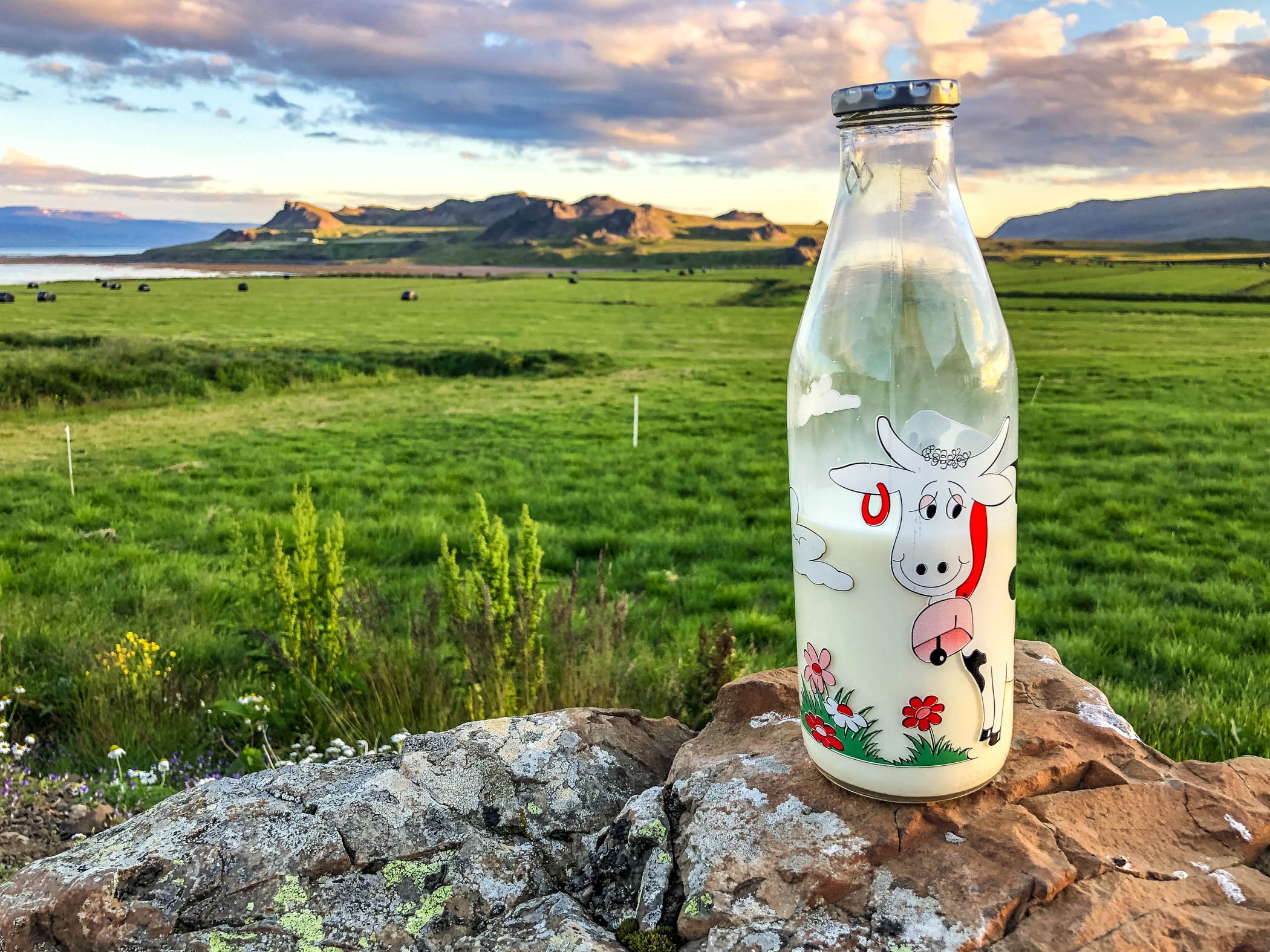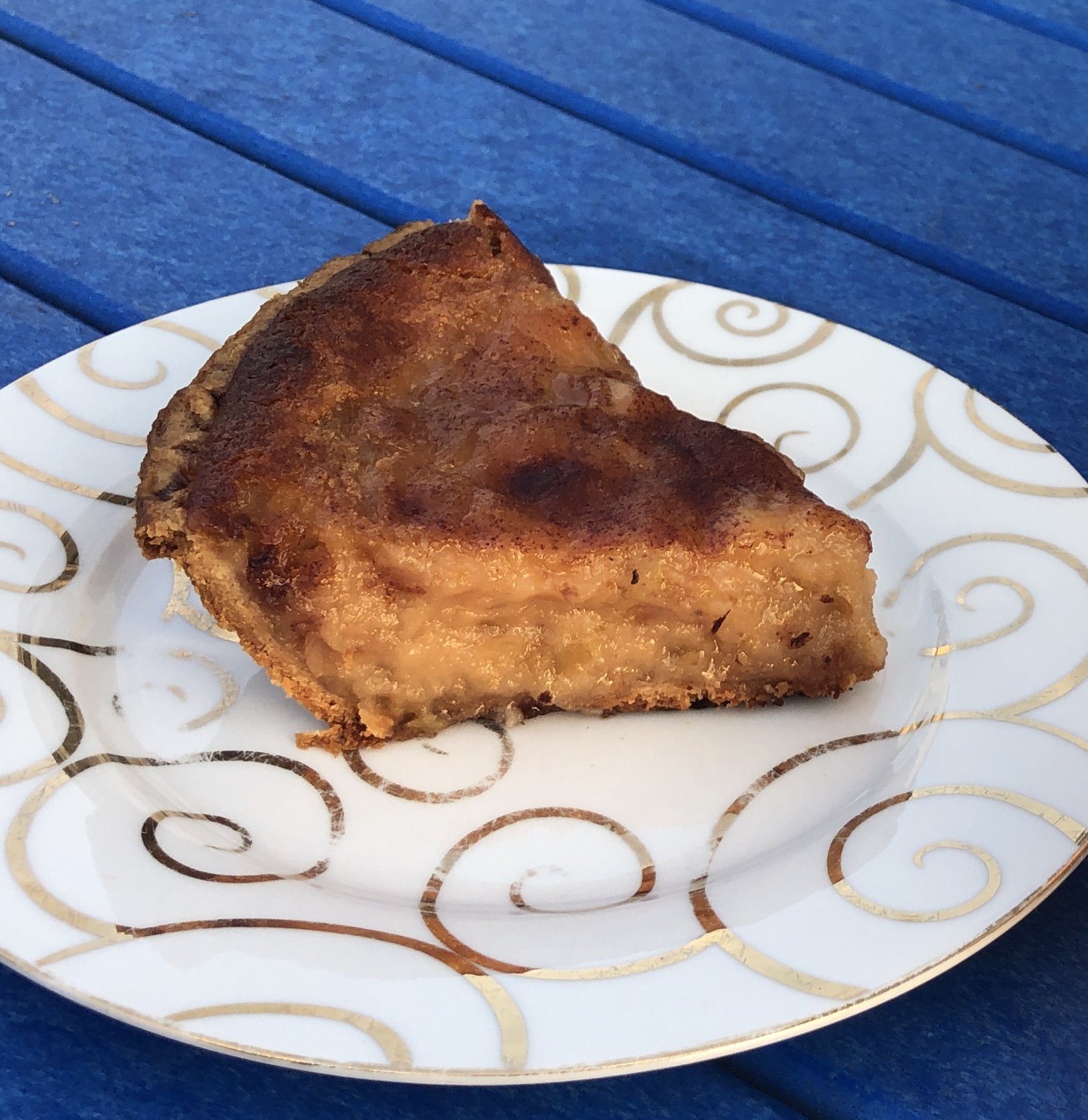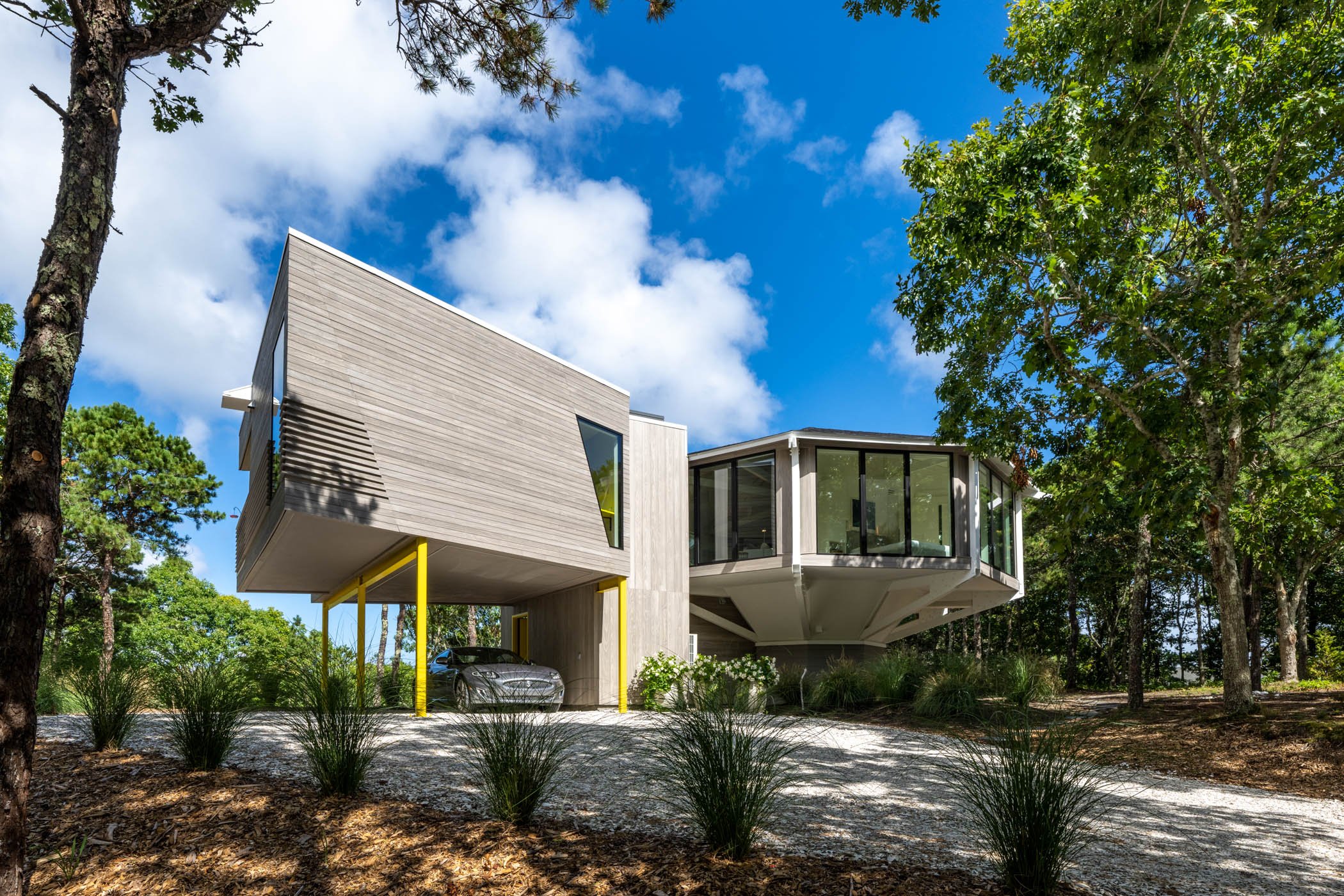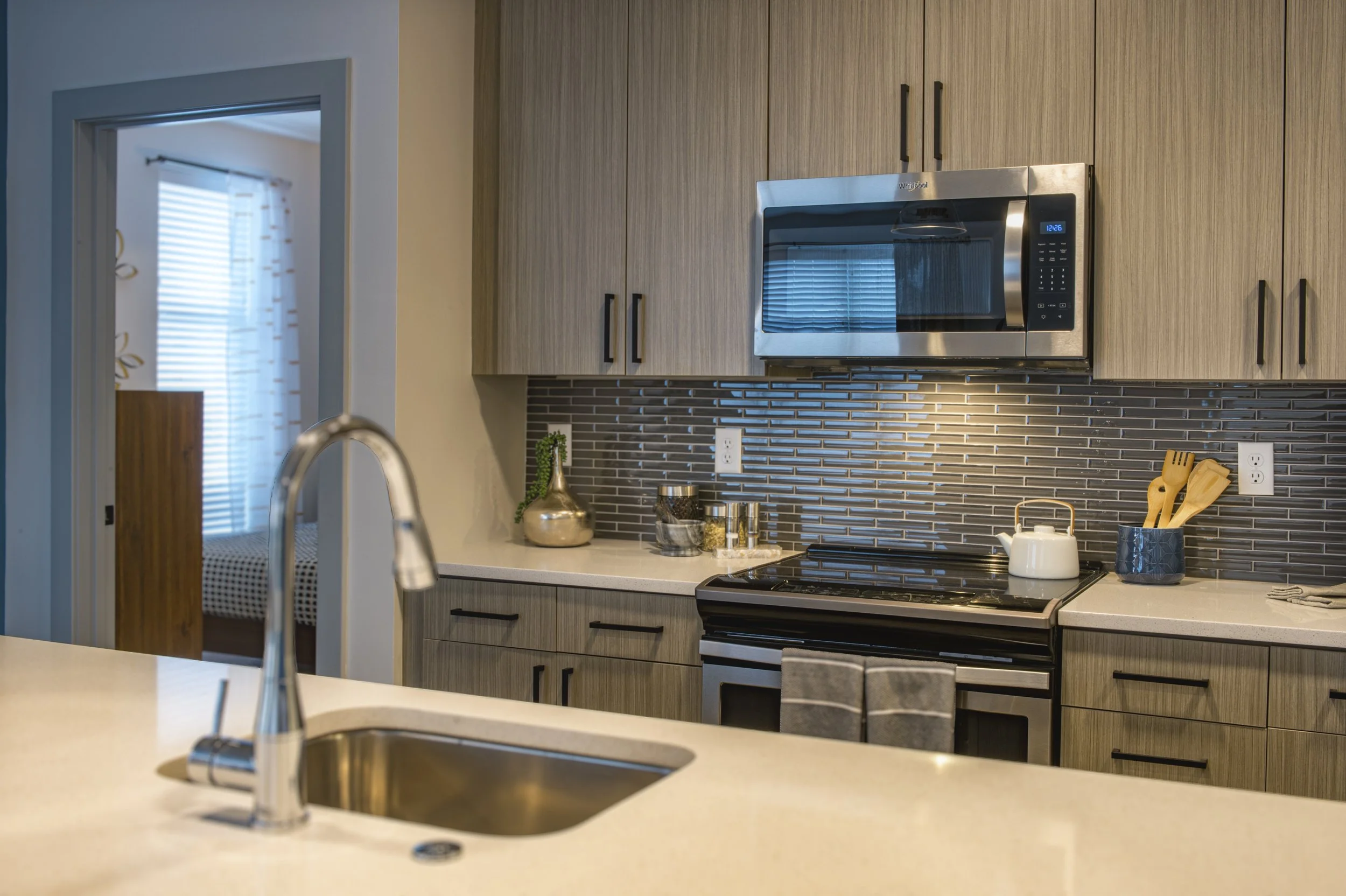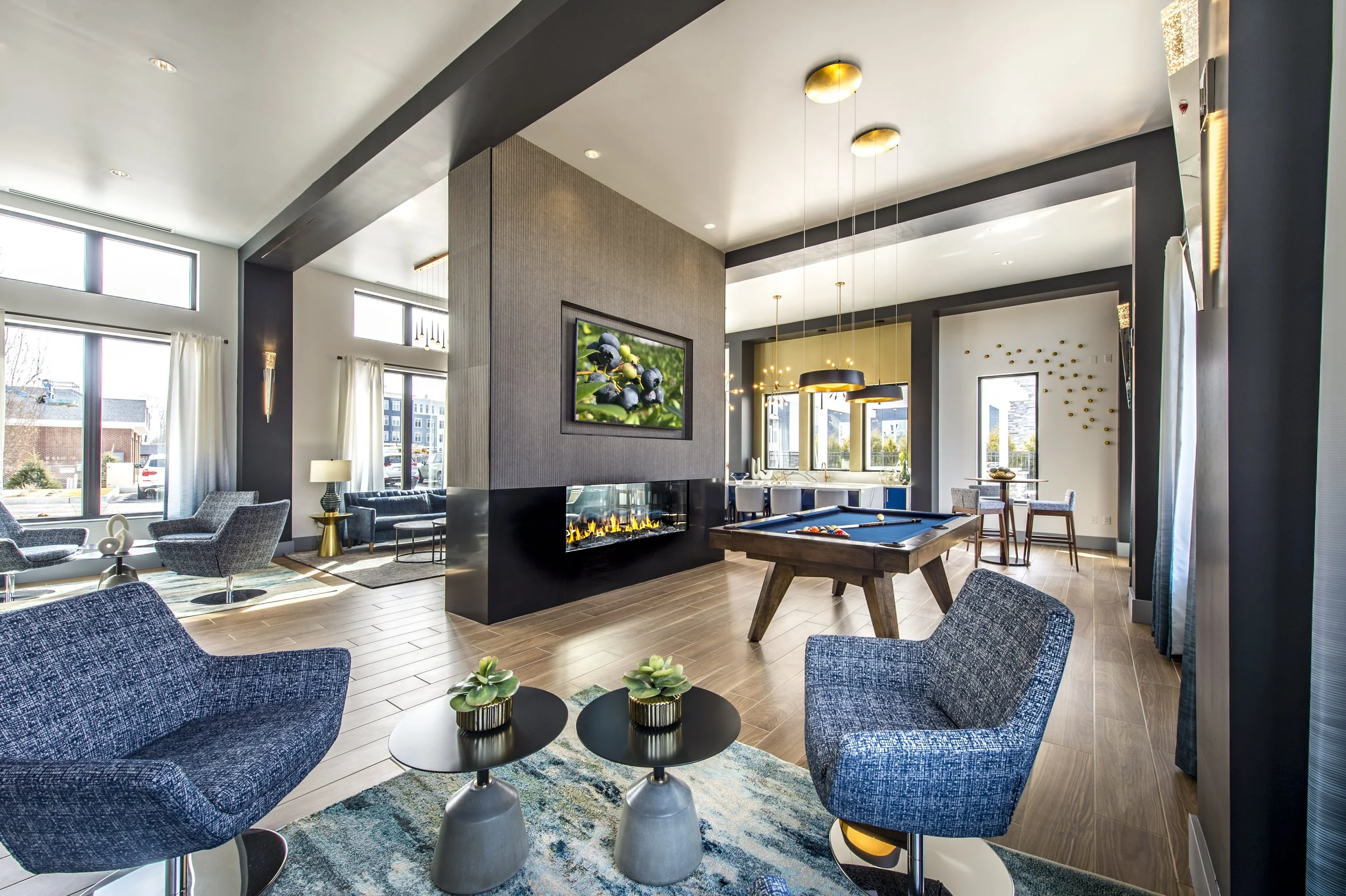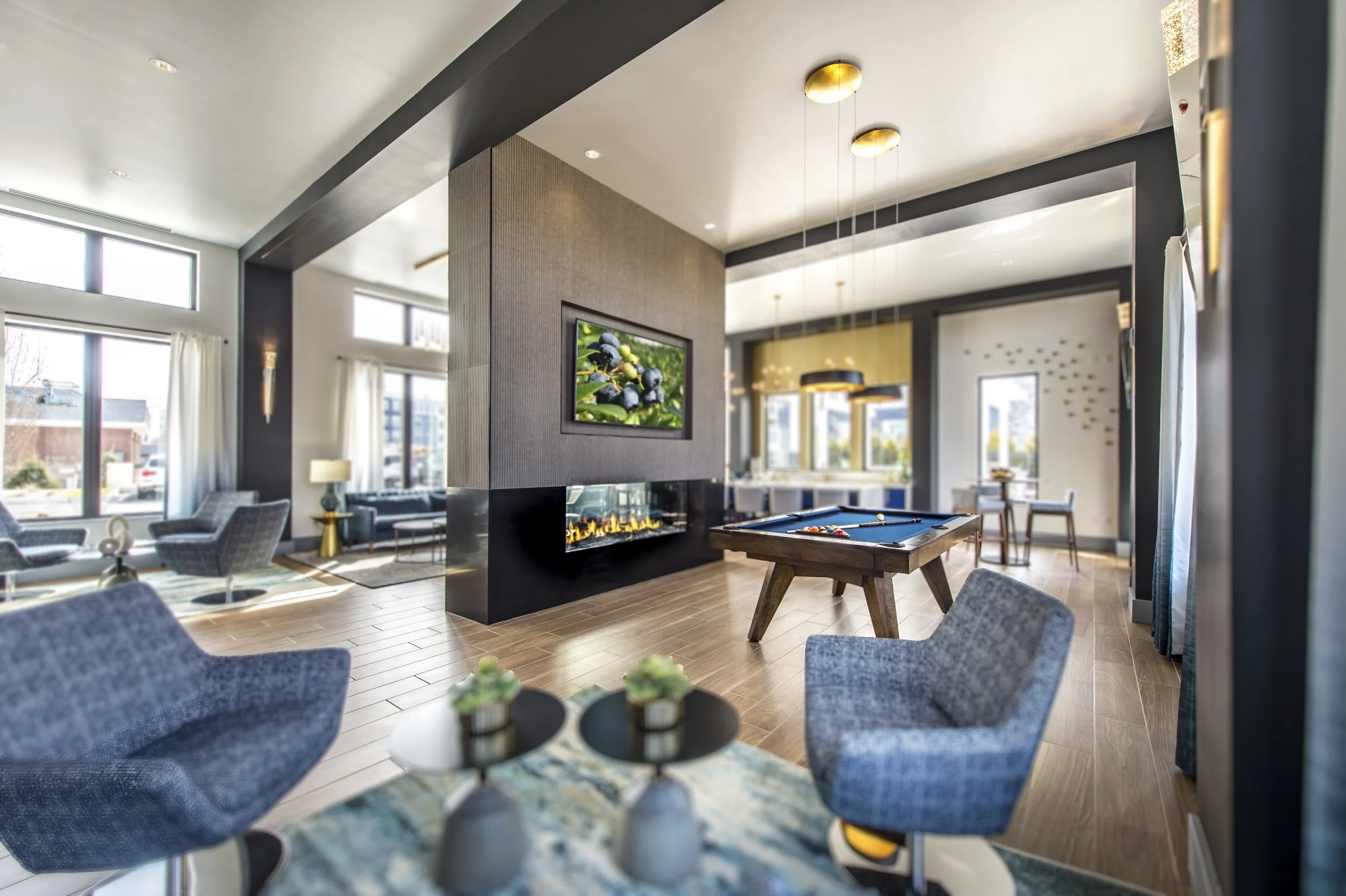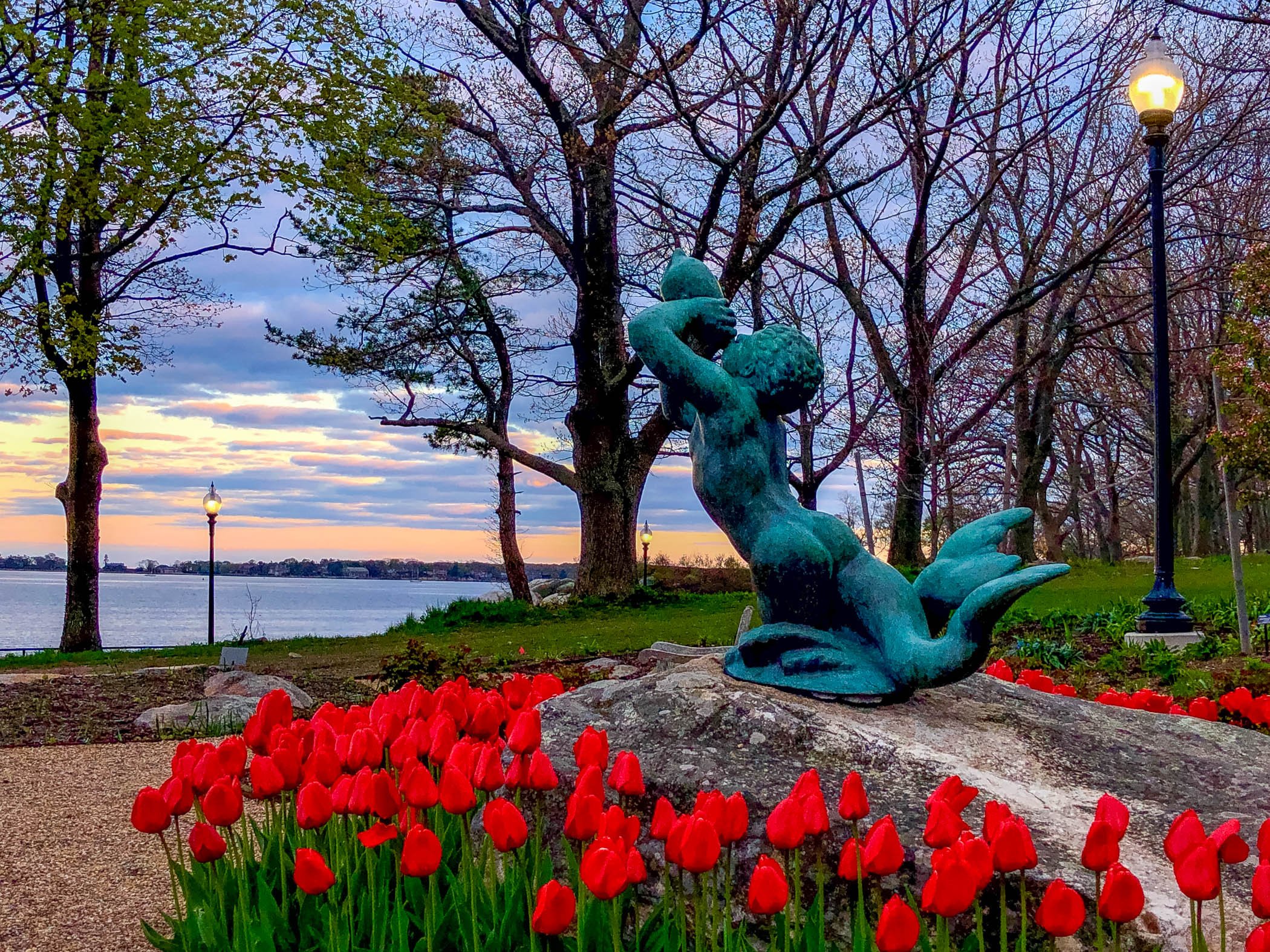On May 23rd, Adobe made a monumental announcement—quite possibly the biggest in its history. Their new Beta release of Photoshop incorporates the revolutionary power of Artificial Intelligence (AI) and has the potential to reshape the industry. What sets this software apart is its ability to edit by typing in prompts. Imagine simply typing in your desired visual element, and the software generates three AI-produced renditions—be it a graphic or a photograph. You can choose the one you prefer and even run the process again to create more refined versions.
You can also remove elements from a photo which is as important as adding things. If there's an area or item you wish to remove, simply highlight it, and use the new remove tool. AI takes into account the entire scene and replaces or fills in the missing elements. Look at the first image below - you see overhead wires and a parking sign that compromise the picture.
Look at the result - the overhead wires and parking sign in front of the tree are gone, but not only that - AI has repaired the building and tree so that you would never know those elements were ever there.
Let’s look at the reverse scenario where you want to add something to the picture instead of removing it. In the photo below I wanted to add a hat to the head of the gentleman in the blue shirt. I prompted the program to “add a hat” and it gave me several options. After a few attempts, I managed to achieve a somewhat satisfactory result, with the hat style and color I desired.
First hat
Second hat - notice that AI even adds in the necessary shadows based on the ambient lighting
Below I asked AI to remove a woman's sunglasses, which I didn’t think it would be able to do. In my opinion, it did a commendable job.
These are terrific examples but what I learned while working with the software is that when faced with more complex challenges the tool struggled significantly. Below is an example of where it struggled. I wanted to add furniture to this empty room so I mapped out an area and prompted it to add a bed - providing a very specific description.
I didn’t get the bed I wanted and despite repeated tries it could not deliver. I pressed on, asking for two matching light oak bedside tables and indicated where I wanted them.
As you can see below they aren’t light oak, they don’t match, and they aren’t the correct size.
The bottom line is that while AI in Photoshop is not yet ready for professional use, it holds immense promise and will undoubtedly become a game changer with time. In my experience to date, it succeeds about 70% of the time. It struggles with more complex requests and often the trained eye can see errors and imperfections that make it unsuitable for high quality work.
However impressive it is, it's crucial to acknowledge that, like any technology, this has potential downsides if used improperly. Irresponsible usage could foster misinformation and ill will. Consider the implications of adding a scar to someone's face in a lawsuit, potentially distorting the truth. Similarly, replacing a background with a location the person never visited or inserting someone into groups of unfamiliar people raises ethical concerns.
As AI progresses into the future, it will undoubtedly become an incredible tool. The ability to edit and transform images with simple text prompts will democratize photo editing, for better or worse. While many of you may have never used Photoshop or considered editing a photo, the day may soon come when it becomes accessible to everyone. AI is bound to stimulate both creativity and concerns. I would love to hear your thoughts on this exciting development.















